News
The Camera is Haunted: An Interview with Polaroid director Lars Klevberg
A haunted Polaroid camera kills everyone it photographs. This was the premise of a fifteen-minute short film called Polaroid, which was directed and written by Norwegian filmmaker Lars Klevberg, who made the short film for the express purpose of turning the concept into a feature. Klevberg’s wish has come true.

When it was screened in 2015, the short film quickly attracted Hollywood’s attention. Producer Roy Lee, known to genre audiences for the Grudge and Ring films, immediately recognized Polaroid’s feature potential. “When I saw the short film called Polaroid, I knew right away that it was a strong enough concept to develop into a feature film,” says Lee. “It takes a lot to scare me these days, because I’ve probably seen more horror movies and short films than anyone else in Hollywood, for work and as a fan of the genre. Polaroid scared me when I was watching it on my laptop in my office. I believed that if we could expand the short film into a full-length feature film, it would deliver an experience as scary as The Grudge or The Ring.”
Instead of hiring a new director to adapt Polaroid, Lee picked Klevberg. “I could tell right away that Lars was a talent whom I wanted to be in business with,” says Lee. “Lars came up with the concept and put together the amazing short film, so there was no one better suited to turn it into a feature. He was able to create a strong feeling of dread and tension in a limited amount of time in the short film, and I knew that it would be great to see what else he could accomplish with more screen time.”

The feature version of Polaroid, which was written by Blair Butler, tells the story of Bird Fitcher (Kathryn Prescott), a high school loner who takes possession of a vintage Polaroid camera. Bird soon discovers that the camera houses a terrible power: Everyone who has their picture taken by the camera meets a violent death. Bird and her friends race to solve the mystery of the haunted camera before it kills them.
In May, I had the chance to interview Klevberg about Polaroid, which was originally supposed to be released in August. Polaroid is now scheduled to be released on December 1, 2017.
DG: Lars, can you talk about the journey that you, and Polaroid, have taken over the past three years, from the production and release of the short film, to having your project optioned by Hollywood, and then the process of turning your short film into a feature, and now its imminent release?
LK: It has been a very busy year. I jumped on a plane in January to start a very short prep. We shot for twenty-five days, and then I touched ground in Norway, before I went to L.A to start the post-production, which is what I´m doing right now.
DG: Lars, when you made the short film, did you envision its feature potential, and how would you describe the process of turning a fifteen minute short film into a feature?
LK: Yes. When I wrote the script, I knew this had the potential to be picked up in Hollywood. So I already had a plan for it then. And it did. The core idea was very thrilling and scary. The process has been interesting indeed. When you’re working for Bob [Weinstein] and his team, you pretty much have to be prepared to saddle-up at any moment. Making the feature has been a faster process than the short, and that says a lot.
DG: Lars, for those who haven’t seen the short film, what are the biggest differences between the short film and the feature film, and what were the biggest challenges you faced in terms of transforming the short film into a feature length screenplay?
LK: In terms of bringing a short into a feature, the biggest challenge is always the story—the story and the characters. Then he was had to rebuild the mythology, in terms of the camera, and shape it as we moved forward with the story. Everything has to fit. The short film is very slow and suspenseful, and it doesn’t give away everything until the absolute last minute. I wanted to take that with me into the feature version.
DG: Lars, what did Blair Butler, who’s primarily known for her comedy writing, bring to this project that helped you conceptualize this as a feature, and maybe took the characters and story in directions that you never envisioned when you made the short film?
LK: Blair brought some human touches to Bird, the main character. These are small, almost invisible moments. This was very good and brought more depth to the character.
DG: Lars, how would you describe the journey that Bird Fitcher, the character played by Kathryn Prescott, takes in this film, in terms of the arc of her character and her relationship with the Polaroid camera?
LK: Bird is a very lovable protagonist. It was important for us to have a protagonist who presented this empathic and non egoistic human being without feeling forced, because she is the opposite of what the film is about. Having a protagonist with a back-story and multiple layers is something I always find interesting. Bird’s emotional back-story and personal interest is a big part of how she is capable of overcoming her biggest fear to date. The character is beautifully portrayed by Kathryn.
DG: How is the Polaroid camera introduced into the story, and what was your strategy, and what techniques did you use, in terms of presenting this camera, this object, as the villain of your film?
LK: We introduce the camera pretty early on in the film. The audience will quickly understand that this thing can generate some really horrifying moments. So when the camera ultimately ends up with Bird and her friends, the audience is already extremely alerted to the camera’s potential.
DG: Lars, is there a “clock” in the story, in terms of how much time Bird and her friends have to respond to the camera’s evil powers, and what are the “rules” in the film, in terms of how it attacks, and how, possibly, it can be defeated?
LK: Kind of. People are dying, and it won’t stop until Bird finds a way to stop it. I won’t go to specific about the rules, but it was important for us to create something menacing that was integrated into everything in the film. I’m talking about the theme, the symbols, premise, the technology, the society. Everything is neatly baked together to create something unique and horrifying.
DG: Lars, Polaroid has been compared to films like Final Destination and The Ring, and I was wondering if you think these comparisons are justified, and if there were other genre and stylistic influences that you brought to this story?
LK: Yes. I´m a huge fan of the Ju-On films. In making the short film, I wanted to go in that direction but add the Norwegian feel to it. Great horror films represent the society in different ways—The Ring, Alien etc. It was important to me that Polaroid represented something that we all can identify with. In Polaroid, it’s the narcissistic and selfish way we live. Posting pictures online, taking “selfies” and generally not connecting too much with the people around you. Emotionally. We live in a world with a lot of tools to get closer and be more social, but it kind of makes for the opposite. We become more isolated. We are heading towards something not good in terms of a self-imposing, narcissistic society.
DG: Lars, what was the stylistic and visual strategy that you and your cinematographer and production designer outlined for this film, and how did you achieve this, and how would you describe the atmosphere, look, and tone of the film?
LK: I´m a very visual storyteller. I like presenting ideas and emotions visually. I am a huge fan of the old way of shooting noir films, with hard contrast and low key lighting. I wanted to bring that into Polaroid together with the minimalistic approach of Edward Hopper. Trying to bring the art into Polaroid. Also, I looked at paintings from Caravaggio and Edward Munch, which was something that defined the look. I don`t dislike the gritty handheld design of most of the new horror films coming out, but I knew, pretty early on, that I would go for something different. There are a lot of direct references to famous paintings in the film, and you will find them if you are looking. Talking with Ken Rempel, the production designer, and Pål Ulrik Rokseth, my DP, we built a look around that. Watching Polaroid on the cinema, I´m pretty sure you will spot the big difference. Polaroid won’t look like its siblings.
DG: Lars, what was the biggest challenge you faced in making this film?
LK: The time to do it. The script was massive for its size. There were 136 scenes with a lot of action and forward momentum.
It was very, very challenging to get all of that considering the amount of locations, SFX, VFX and everything we had in our script.
DG: Lars, why did you film in Nova Scotia, Canada, instead of somewhere in America, and what are the main locations, settings, in the film?
LK: Dimension did The Mist there. It actually gave the perfect look for the film. I was really happy. It`s snowy, cold, and it just creates something different and visual. It reminded me of Norway, which gave the film something unique and interesting. The bad side was that I finally could make a Hollywood film but I didn’t get sun and palm trees. It was like Norway 2.0.
DG: Lars, as someone who grew up in Norway, I wonder if your teenage experience was relatable to that of Bird’s and her contemporaries, and the American high school/teenage experience as a whole, especially in terms of issues like bullying and peer pressure. Question: Was this something you had to adapt to, a major difference between your short film and this feature, and what is it about the high school experience that you think lends itself to the horror genre, most notably in Carrie, and now your film?
LK: No, not really. A director’s job is to create that. To be able to dive into people and places and do whatever’s necessary to understand that process. But I grew up with the American horror films taking place at school. Nightmare on Elm Street, The Faculty, Scream etc. I love those movies. Having the school setting is just a natural way of presenting your characters if you are not having them on vacation or it’s a weekend. But in Polaroid, the school gets a much bigger part than I expected. I loved going back to those places and create my own high school horror. Your question about Carrie is interesting. I think it has something to do with how we respond to the world and to our surroundings when we are at that age (high school). What we consider as premature problems when we get older can mean life and death at that stage, literally speaking. There’s a lot of insecurity. I also think many artistic creators have a lot of memories from High school, and many not good ones. They carry those memories with them throughout their life. When they get older and start writing or expressing their feelings, a lot of influence will probably come from those experiences. So that might be a reason for why there are so many stories told from that perspective.
'Civil War' Review: Is It Worth Watching?
Follow our new YouTube channel "Mysteries and Movies" here.

Movies
‘Evil Dead’ Film Franchise Getting TWO New Installments
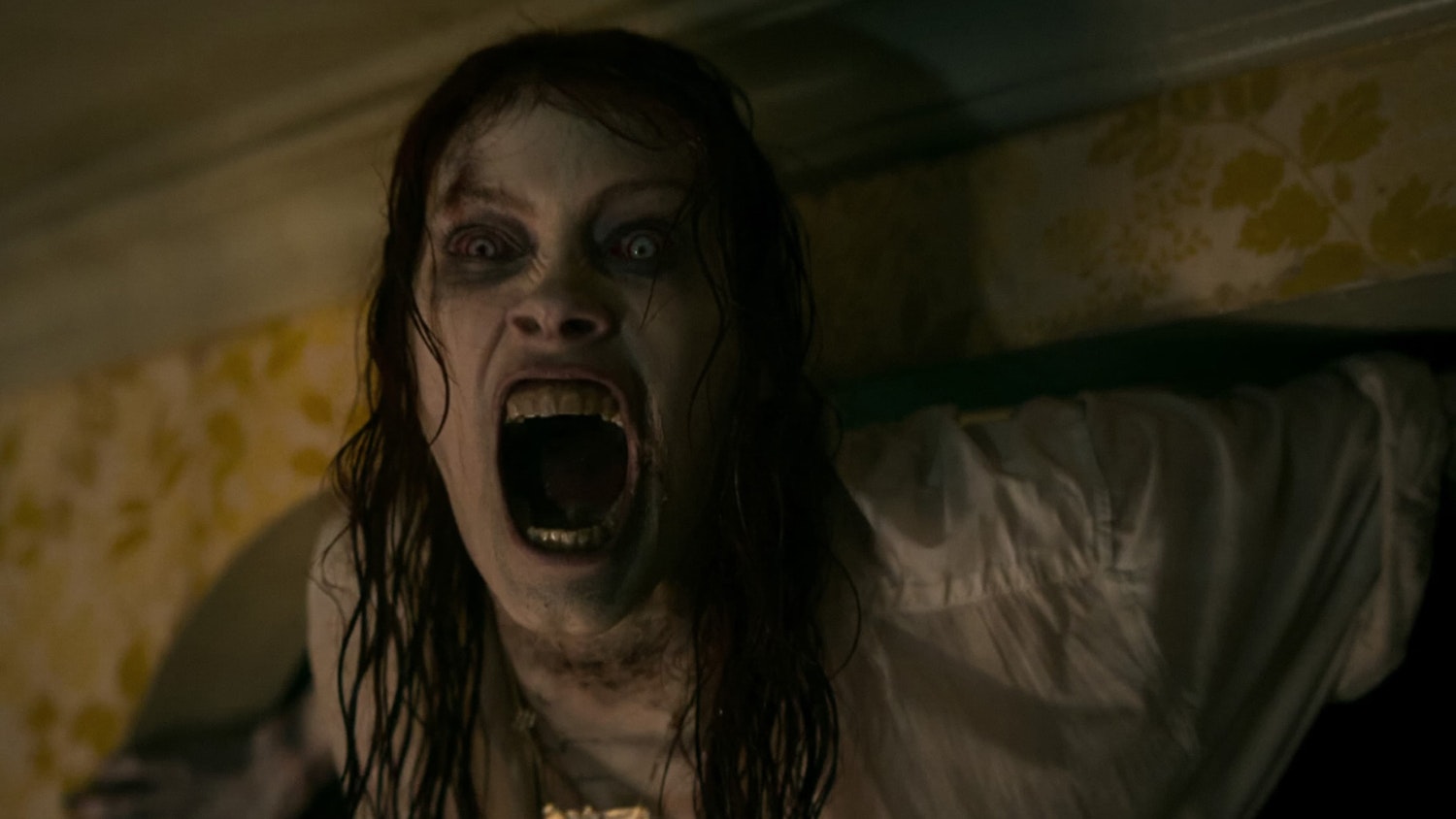
It was a risk for Fede Alvarez to reboot Sam Raimi’s horror classic The Evil Dead in 2013, but that risk paid off and so did its spiritual sequel Evil Dead Rise in 2023. Now Deadline is reporting that the series is getting, not one, but two fresh entries.
We already knew about the Sébastien Vaniček upcoming film that delves into the Deadite universe and should be a proper sequel to the latest film, but we are broadsided that Francis Galluppi and Ghost House Pictures are doing a one-off project set in Raimi’s universe based off of an idea that Galluppi pitched to Raimi himself. That concept is being kept under wraps.

“Francis Galluppi is a storyteller who knows when to keep us waiting in simmering tension and when to hit us with explosive violence,” Raimi told Deadline. “He is a director that shows uncommon control in his feature debut.”
That feature is titled The Last Stop In Yuma County which will release theatrically in the United States on May 4. It follows a traveling salesman, “stranded at a rural Arizona rest stop,” and “is thrust into a dire hostage situation by the arrival of two bank robbers with no qualms about using cruelty-or cold, hard steel-to protect their bloodstained fortune.”
Galluppi is an award-winning sci-fi/horror shorts director whose acclaimed works include High Desert Hell and The Gemini Project. You can view the full edit of High Desert Hell and the teaser for Gemini below:
'Civil War' Review: Is It Worth Watching?
Follow our new YouTube channel "Mysteries and Movies" here.
Movies
‘Invisible Man 2’ Is “Closer Than Its Ever Been” to Happening

Elisabeth Moss in a very well-thought-out statement said in an interview for Happy Sad Confused that even though there have been some logistical issues for doing Invisible Man 2 there is hope on the horizon.
Podcast host Josh Horowitz asked about the follow-up and if Moss and director Leigh Whannell were any closer to cracking a solution to getting it made. “We are closer than we have ever been to cracking it,” said Moss with a huge grin. You can see her reaction at the 35:52 mark in the below video.
Whannell is currently in New Zealand filming another monster movie for Universal, Wolf Man, which might be the spark that ignites Universal’s troubled Dark Universe concept which hasn’t gained any momentum since Tom Cruise’s failed attempt at resurrecting The Mummy.
Also, in the podcast video, Moss says she is not in the Wolf Man film so any speculation that it’s a crossover project is left in the air.
Meanwhile, Universal Studios is in the middle of constructing a year-round haunt house in Las Vegas which will showcase some of their classic cinematic monsters. Depending on attendance, this could be the boost the studio needs to get audiences interested in their creature IPs once more and to get more films made based on them.
The Las Vegas project is set to open in 2025, coinciding with their new proper theme park in Orlando called Epic Universe.
'Civil War' Review: Is It Worth Watching?
Follow our new YouTube channel "Mysteries and Movies" here.
News
Jake Gyllenhaal’s Thriller ‘Presumed Innocent’ Series Gets Early Release Date
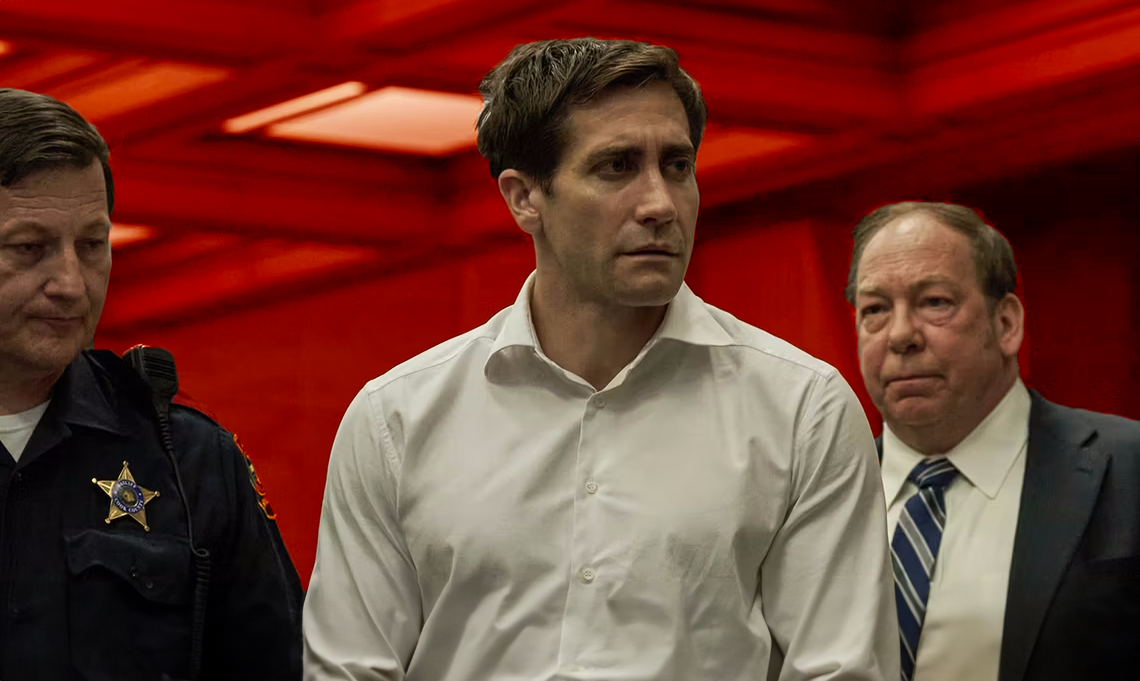
Jake Gyllenhaal’s limited series Presumed Innocent is dropping on AppleTV+ on June 12 instead of June 14 as originally planned. The star, whose Road House reboot has brought mixed reviews on Amazon Prime, is embracing the small screen for the first time since his appearance on Homicide: Life on the Street in 1994.
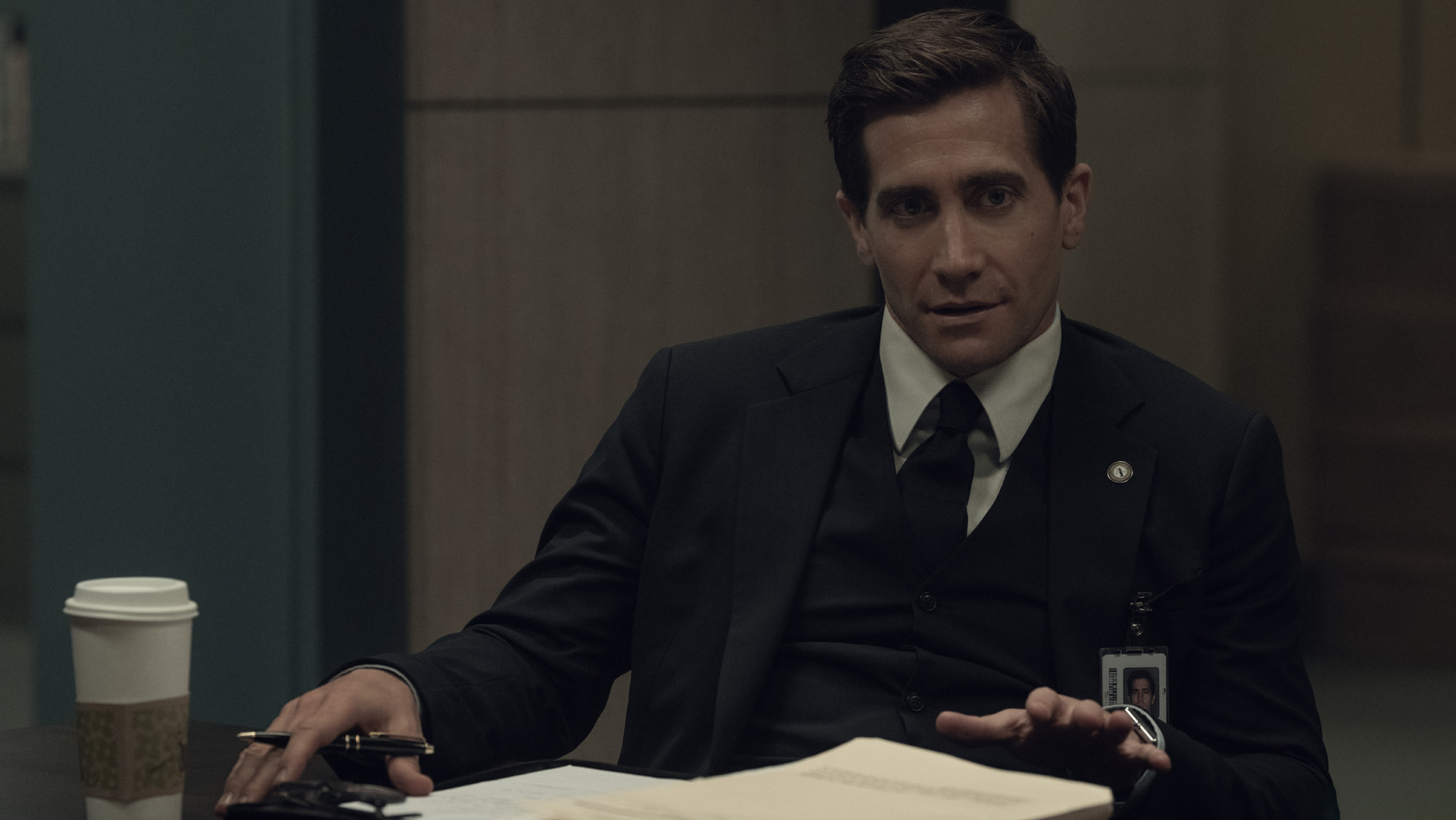
Presumed Innocent is being produced by David E. Kelley, J.J. Abrams’ Bad Robot, and Warner Bros. It is an adaptation of Scott Turow’s 1990 film in which Harrison Ford plays a lawyer doing double duty as an investigator looking for the murderer of his colleague.
These types of sexy thrillers were popular in the ’90s and usually contained twist endings. Here’s the trailer for the original:
According to Deadline, Presumed Innocent doesn’t stray far from the source material: “…the Presumed Innocent series will explore obsession, sex, politics and the power and limits of love as the accused fights to hold his family and marriage together.”
Up next for Gyllenhaal is the Guy Ritchie action movie titled In the Grey scheduled for release in January 2025.
Presumed Innocent is an eight-episode limited series set to stream on AppleTV+ starting June 12.
'Civil War' Review: Is It Worth Watching?
Follow our new YouTube channel "Mysteries and Movies" here.
-

 News6 days ago
News6 days agoOriginal Blair Witch Cast Ask Lionsgate for Retroactive Residuals in Light of New Film
-
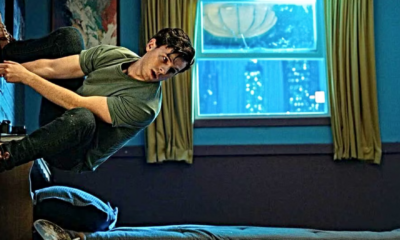
 Movies7 days ago
Movies7 days agoSpider-Man With a Cronenberg Twist in This Fan-Made Short
-
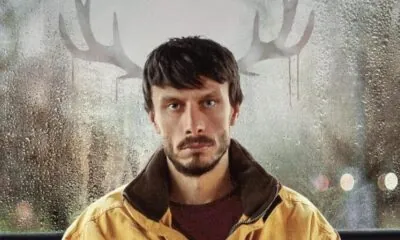
 News4 days ago
News4 days agoPerhaps the Scariest, Most Disturbing Series of The Year
-
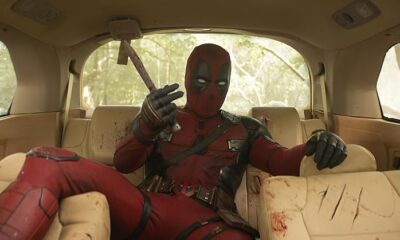
 Movies5 days ago
Movies5 days agoNew F-Bomb Laden ‘Deadpool & Wolverine’ Trailer: Bloody Buddy Movie
-

 News5 days ago
News5 days agoRussell Crowe To Star in Another Exorcism Movie & It’s Not a Sequel
-
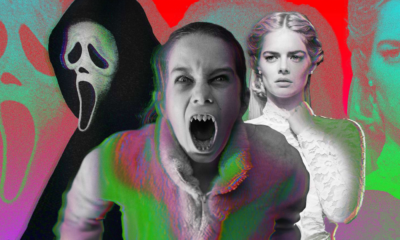
 Lists4 days ago
Lists4 days agoThrills and Chills: Ranking ‘Radio Silence’ Films from Bloody Brilliant to Just Bloody
-

 Movies5 days ago
Movies5 days ago‘Founders Day’ Finally Getting a Digital Release
-
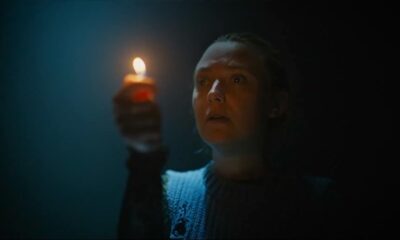
 Movies5 days ago
Movies5 days agoNew ‘The Watchers’ Trailer Adds More to the Mystery
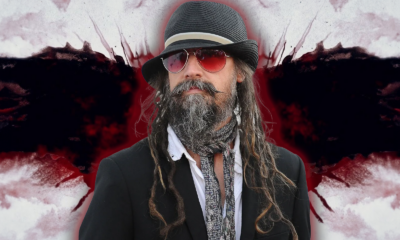

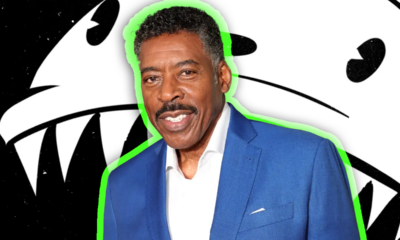

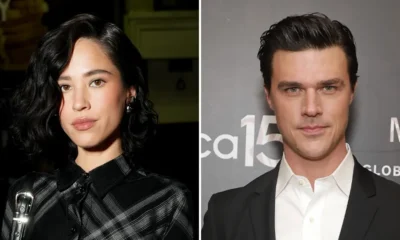
























You must be logged in to post a comment Login